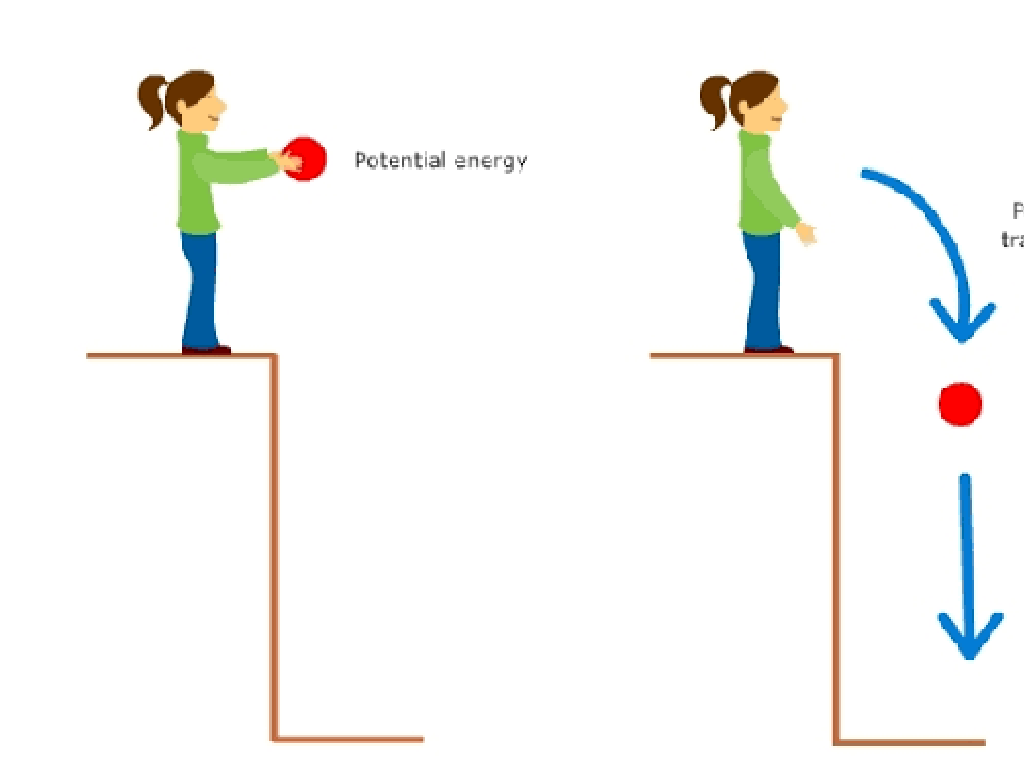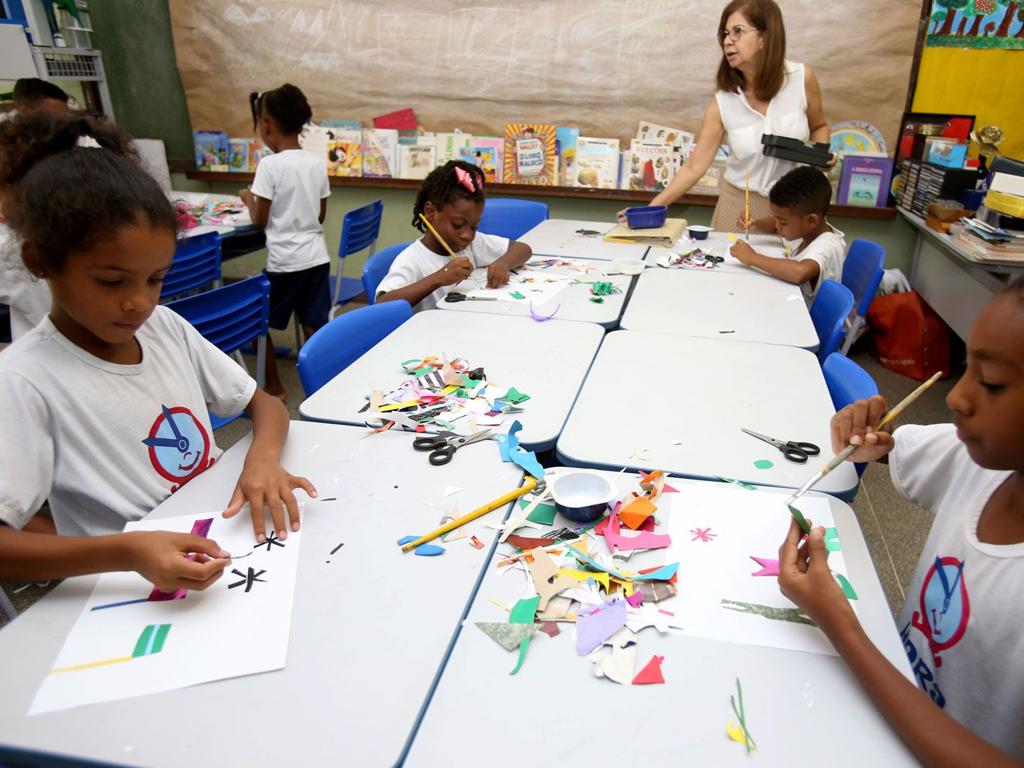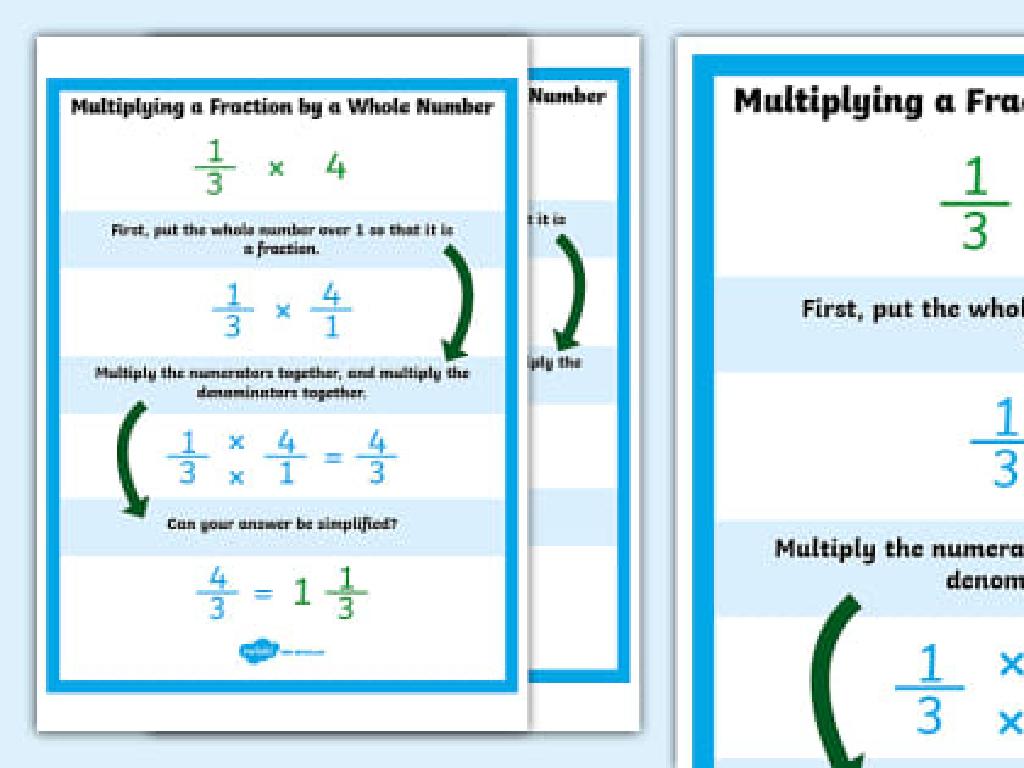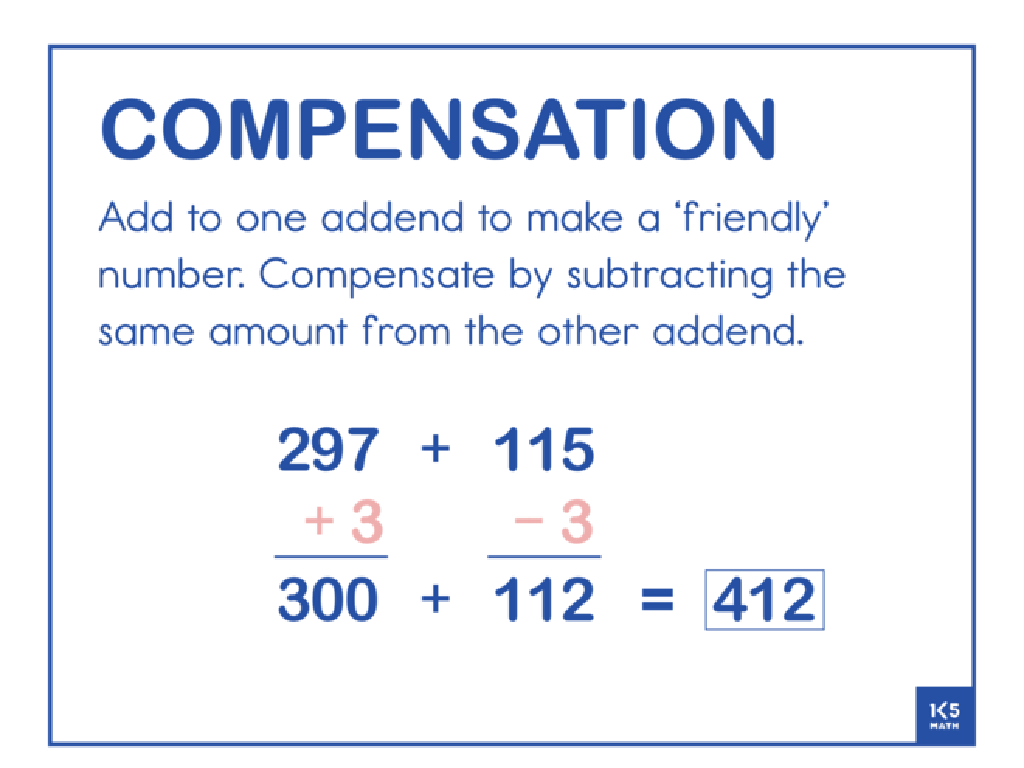Identify Supporting Details In Literary Texts
Subject: Language arts
Grade: Fifth grade
Topic: Summarizing
Please LOG IN to download the presentation. Access is available to registered users only.
View More Content
Welcome to Summarizing!
– Grasping the big picture
– Summarizing explained
– Summarizing means telling a story in your own words.
– Importance of supporting details
– Details back up the main idea and make it stronger.
– Enhancing comprehension skills
– Knowing details helps us better understand the story.
|
This slide introduces the concept of summarizing within the context of understanding literary texts. Summarizing is a crucial skill that helps students to condense information and grasp the main ideas of a text. It’s important to explain that identifying supporting details is essential because these details reinforce the main ideas and help to paint a fuller picture of the text’s message. Encourage students to think about how summarizing can improve their overall comprehension and retention of the material. Activities can include summarizing a paragraph as a class and identifying the supporting details that contribute to the main idea. This foundational understanding sets the stage for more advanced reading skills.
Crafting a Great Summary
– Definition of a summary
– A summary is a concise explanation of main ideas.
– Characteristics of a summary
– It should be objective, without personal thoughts.
– Non-essential details are excluded
– Avoid adding opinions or minor points.
– Example of an effective summary
– ‘Charlotte’s Web’: A pig makes friends and avoids becoming dinner.
|
This slide introduces students to the concept of summarizing a text. A summary is a short and clear description of the main points of a story or article. It’s important to focus on the key elements without including one’s own opinions or insignificant details. For example, a good summary of ‘Charlotte’s Web’ doesn’t need to mention every event but should cover the main plot of how a spider helps a pig avoid being eaten. Encourage students to practice by summarizing a paragraph from a book they are reading, focusing on the main points and leaving out less important details.
Understanding Supporting Details in Stories
– Define Supporting Details
– Facts, descriptions, and examples that explain the main idea.
– Purpose of Supporting Details
– They add depth and help readers visualize the story.
– Examples in Literature
– For instance, in ‘Charlotte’s Web’, details about the barn help illustrate the setting.
– Identifying Supporting Details
– Look for words that give more information about the main idea.
|
This slide aims to help students grasp the concept of supporting details and their role in literature. Begin by defining supporting details as elements that flesh out the main idea, making it more vivid and understandable. Explain how these details can strengthen the main idea by providing evidence and descriptions that help the reader visualize the story. Use examples from familiar stories, such as ‘Charlotte’s Web’, to illustrate how specific descriptions of the barn and the animals contribute to the overall narrative. Encourage students to practice identifying supporting details by reading passages and pointing out words or phrases that give more information about the main idea. This exercise will enhance their comprehension and summarizing skills.
Finding the Main Idea
– Tips to identify the main idea
– Look for repeated phrases or ideas
– Read a paragraph as a class
– We’ll read a paragraph together to practice
– Discuss the paragraph’s main idea
– Share thoughts on what the paragraph is mainly about
– Group activity on main ideas
– Work in groups to find main ideas in different texts
|
This slide is aimed at teaching students how to find the main idea in a literary text, which is a key component of summarizing. Start by discussing tips such as looking for the most repeated phrases or ideas, and the first or last sentences which often contain the main idea. Then, as a class, read a short paragraph and practice identifying the main idea together. Follow this with a group discussion to allow students to share their thoughts and understand different perspectives. Finally, organize a group activity where students work together to find the main ideas in various texts, fostering collaboration and reinforcing the concept.
Identifying Supporting Details
– Distinguish key points vs. minor details
– Key points are the main ideas, while minor details enhance the story.
– Activity: Highlight details in a paragraph
– Use different colors to highlight supporting details that back up the main idea.
– Share findings with a partner
– Pair up with a classmate to compare what you both think are the key details.
– Discuss the importance of supporting details
– Understanding details helps us grasp the story better and discuss it.
|
This slide introduces the concept of supporting details in literary texts, an essential skill for summarizing. Start by explaining the difference between key points and minor details. Key points are the backbone of the text, while minor details provide depth and richness. For the activity, provide a short paragraph and have students highlight the sentences or phrases they believe are supporting details. Then, have them pair up to discuss their choices, promoting critical thinking and collaboration. Emphasize how identifying these details helps in understanding and summarizing the text. Prepare to facilitate the discussion and provide feedback on their selections.
Summarizing Practice: Short Story Exploration
– Summarize a story as a group
– Find the main idea
– The central message or lesson of the story
– Pick out supporting details
– Details that explain or enhance the main idea
– Write a class summary
– Combine our ideas into one concise paragraph
|
This slide is designed for a collaborative class activity focused on summarizing a short story. Begin by reading a story together, then guide the class to identify the main idea, which is the central theme or message. Discuss and list the supporting details that help to explain or give more information about the main idea. After identifying these elements, work together to write a summary of the story. The summary should be brief and include the main idea and key supporting details. Encourage students to express their thoughts and contribute to the final summary. This activity will help students practice their summarizing skills, which are crucial for understanding and retaining information from literary texts.
Your Turn to Summarize!
– Read a short story individually
– Find the main idea and details
– Look for key events and characters that support the main plot
– Write a personal summary
– Keep it brief, focus on the core message of the story
– Share your summary with the class
– Practice presenting your thoughts clearly
|
This slide introduces an individual activity aimed at practicing summarization skills. Students are to read a short story provided by the teacher and work independently to discern the main idea and supporting details that contribute to the story’s central theme. They will then write a concise summary of the story, capturing its essence without retelling the entire narrative. Encourage students to focus on the key elements such as character actions, settings, and plot developments that directly relate to the main idea. After writing their summaries, students will have the opportunity to share their work with the class, fostering a collaborative learning environment where they can learn from each other’s insights and perspectives. Provide guidance on how to write an effective summary and offer examples of supporting details. The activity will enhance their comprehension and summarization skills, which are crucial for their academic development.
Sharing Summaries Activity
– Pair up and exchange summaries
– Discuss strengths and improvements
– Talk about what details were captured well and what parts of the story could be better highlighted
– Share summaries with the class
– Receive and give feedback
– Listen to feedback and think about how it can help improve your summarizing skills
|
This slide outlines a collaborative classroom activity aimed at enhancing students’ summarizing skills. Students will first pair up and share the summaries they’ve written, providing an opportunity for peer-to-peer learning. They should discuss the strong points of each other’s work as well as areas for improvement, focusing on the inclusion of supporting details and the overall coherence of the summary. Afterward, volunteers can share their summaries with the entire class and receive constructive feedback from both classmates and the teacher. This exercise not only helps students refine their summarizing abilities but also fosters a supportive learning environment where feedback is used as a tool for growth. Encourage active listening and respectful communication during the activity.
Class Activity: Storyboard Creation
– Form small groups for storyboard
– Create storyboard from a short story
– Include main idea and supporting details
– Main idea is ‘what the story is about’, and supporting details are ‘pieces of information that support the main idea’
– Present storyboard to the class
|
This activity is designed to help students understand the structure of a story and the importance of supporting details in literature. Divide the class into small groups and assign each group a short story. Each group will create a storyboard that outlines the main events of the story. They should identify the main idea of the story and include supporting details in each frame to illustrate how the plot supports the main idea. Encourage creativity in their storyboards, using drawings or images to represent different parts of the story. Once completed, each group will present their storyboard to the class, explaining the main idea and how the supporting details contribute to the story. This will help students practice summarizing and identifying key elements of a text. Possible activities for different groups could include creating storyboards for different stories, focusing on character development, or highlighting the setting and its role in the story.
Conclusion & Reflection: The Power of Summarizing
– Summarizing strengthens comprehension
– Supporting details clarify texts
– Look for key words or phrases that explain more about the main idea.
– Reflect on today’s lessons
– Think about the main points and supporting details we discussed.
– Apply skills to future reading
– Use summarizing to better understand stories and information.
|
Summarizing is an essential skill that helps students to distill important information and understand the core message of a text. By identifying supporting details, students can connect the dots to see the bigger picture, enhancing their comprehension. Encourage students to reflect on the strategies they’ve learned for summarizing and how they can apply these strategies to their future reading assignments. Ask them to think about how identifying supporting details has made the text clearer and how this skill can be useful in other areas of learning. This reflection will help solidify their understanding and appreciation of the summarizing process.





